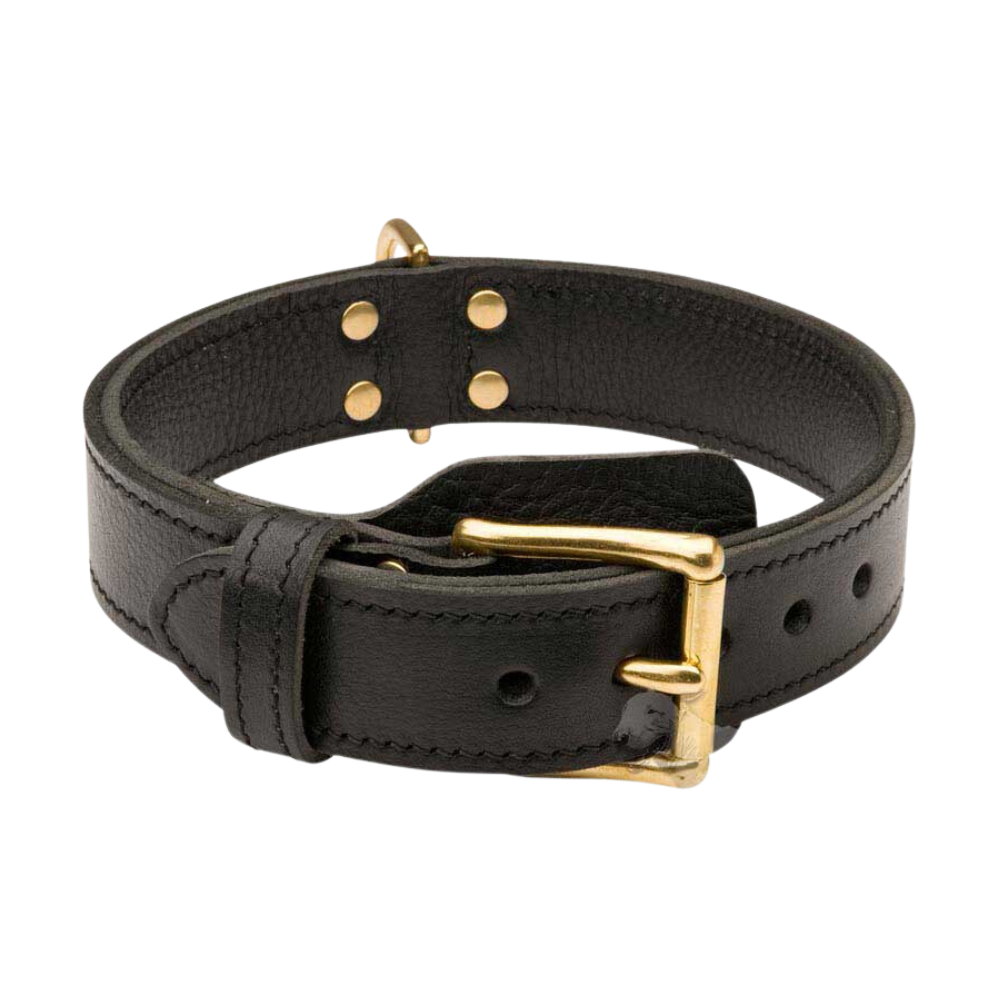Dog collars are essential accessories in the field of pet care, serving both practical and aesthetic purposes. These collars are typically made of durable materials such as nylon, leather, or metal and are designed to be worn around a dog’s neck. Here’s a description covering various aspects:
Materials: Dog collars come in a variety of materials, each offering different levels of durability, comfort, and style. Nylon collars are lightweight, affordable, and come in a wide range of colors and patterns. Leather collars are durable, stylish, and often preferred for their classic look. Metal collars, such as chain or prong collars, are sometimes used for training purposes.
Design: Dog collars come in different designs to suit various needs. Flat collars are the most common type, featuring a simple strap with a buckle or snap closure. Martingale collars have a limited tightening action, making them suitable for dogs prone to slipping out of traditional collars. Harnesses are another type of collar that wraps around the dog’s body and provides more control, particularly for dogs prone to pulling.
Size and Fit: It’s crucial for dog collars to be the right size and fit for the dog’s neck. Ill-fitting collars can cause discomfort or even injury. Collars should be snug enough that they can’t slip over the dog’s head, but not so tight that they restrict breathing or cause chafing. Many collars are adjustable to accommodate different neck sizes.
Safety Features: Some dog collars come with safety features such as reflective strips or LED lights to improve visibility during low-light conditions. Quick-release buckles are designed to easily detach with a simple squeeze, providing a quick way to remove the collar in case of emergency.
Functional Additions: Certain dog collars may include additional features for functionality. For example, some collars have built-in GPS tracking devices, allowing owners to locate their pets if they wander off. Others may have compartments for storing identification tags or even dispensers for waste bags.
Personalization: Many dog owners choose to personalize their pet’s collar with their name, contact information, or decorative elements like charms or engraved tags. This not only adds a personal touch but also serves as a form of identification in case the dog gets lost.










Reviews
There are no reviews yet.